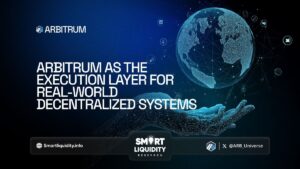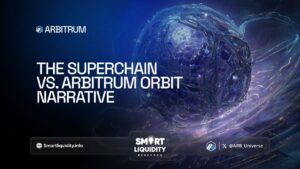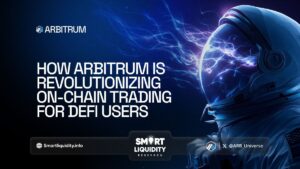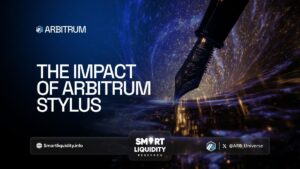Arbitrum vs. Other Layer 2 Solutions
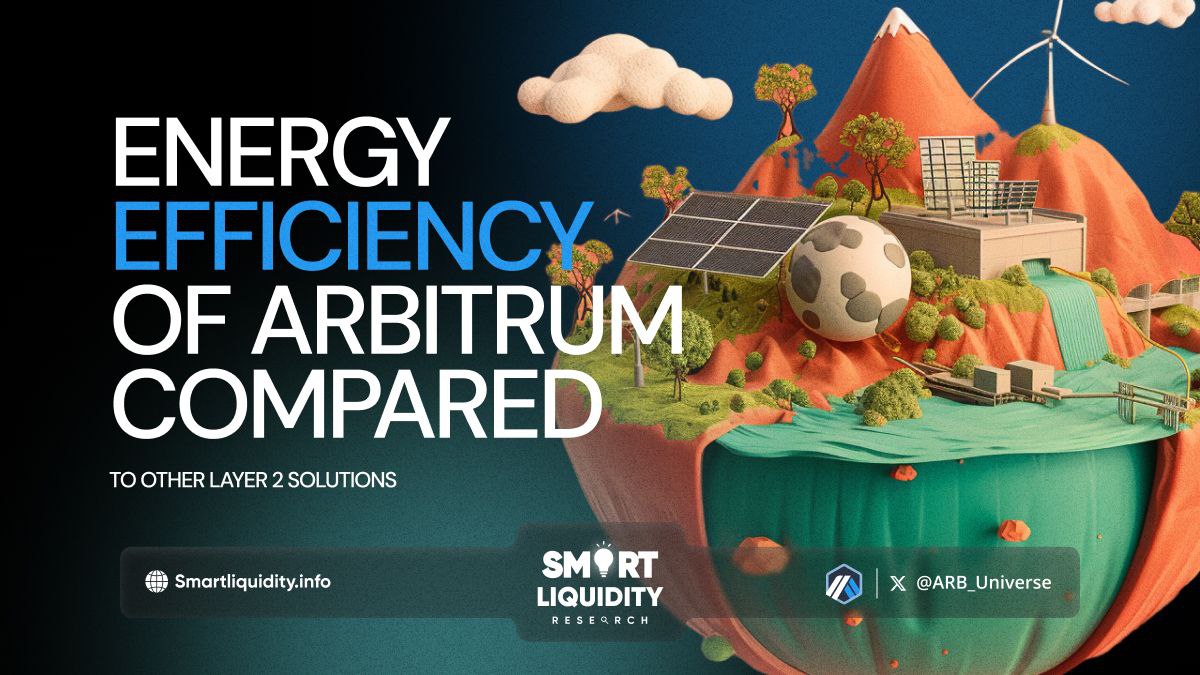

Energy Efficiency of Arbitrum Compared to Other Layer 2 Solutions! As blockchain technology continues to evolve, the scalability and sustainability of networks remain crucial concerns. Layer 2 (L2) solutions have emerged as a critical component in addressing these issues by enhancing transaction throughput and reducing costs on major blockchains like Ethereum.
Among these solutions, Arbitrum has gained significant attention. In this article, we explore the energy efficiency of Arbitrum compared to other L2 solutions, highlighting its potential advantages and the broader implications for the blockchain ecosystem.
Understanding Layer 2 Solutions
Layer 2 solutions are protocols built on top of existing blockchains to improve their scalability and performance. These solutions process transactions off-chain or in sidechains, reducing the load on the main blockchain (Layer 1) and thereby increasing transaction speed and lowering fees. Some of the prominent L2 solutions include Arbitrum, Optimism, Polygon (formerly Matic), and zk-Rollups.
Energy Consumption in Blockchain
Energy consumption is a significant concern in the blockchain space, particularly for proof-of-work (PoW) networks like Bitcoin and Ethereum. The intensive computational power required for mining leads to high energy usage, prompting the search for more sustainable alternatives. L2 solutions can contribute to this goal by optimizing transaction processing and reducing the energy demands of Layer 1 blockchains.
Arbitrum’s Approach to Energy Efficiency
Arbitrum is designed to enhance Ethereum’s capabilities by offering high throughput and low fees while maintaining robust security. Its rollup technology bundles multiple transactions into a single batch, which is then submitted to the Ethereum mainnet. This process significantly reduces the amount of data that needs to be processed on-chain, leading to lower energy consumption per transaction.
Key aspects of Arbitrum’s energy efficiency include:
- Optimized Transaction Processing
By handling the majority of transaction processing off-chain, Arbitrum minimizes the computational load on Ethereum, reducing the overall energy required. - Efficient Rollup Mechanism
Arbitrum’s rollup mechanism aggregates multiple transactions, which lowers the frequency and size of data batches submitted to the mainnet. This efficiency translates into less energy usage. - Scalability without Compromise
Unlike some L2 solutions that might sacrifice decentralization or security for scalability, Arbitrum maintains a balance, ensuring that increased throughput does not come at the cost of increased energy consumption.
Comparing Arbitrum to Other Layer 2 Solutions
To understand Arbitrum’s energy efficiency, it’s essential to compare it with other popular L2 solutions:
- Optimism
Similar to Arbitrum, Optimism uses optimistic rollups to aggregate transactions. While both solutions offer energy efficiency by reducing on-chain transactions, Arbitrum’s approach to data compression and fraud-proof mechanisms can potentially offer marginal improvements in energy consumption. - Polygon
Polygon (previously Matic) employs a different approach by utilizing sidechains and a proof-of-stake (PoS) consensus mechanism. While PoS is inherently more energy-efficient than PoW, the need for continuous validation and staking operations on sidechains can lead to varying energy impacts. Arbitrum’s rollup-centric approach can be more energy-efficient in scenarios with high transaction volumes. - zk-Rollups
Zero-knowledge rollups (zk-Rollups) offer another L2 solution focusing on bundling transactions with cryptographic proofs. While zk-Rollups are highly efficient in terms of security and scalability, the computational complexity of generating zk-proofs can lead to higher energy consumption compared to Arbitrum’s optimistic rollup model.
Broader Implications for the Blockchain Ecosystem
Arbitrum’s energy efficiency not only contributes to a more sustainable blockchain environment but also sets a precedent for future developments in L2 solutions. As the demand for scalable and eco-friendly blockchain technology grows, Arbitrum’s model showcases the potential for achieving these goals without compromising on security or decentralization.
Moreover, the success of energy-efficient L2 solutions like Arbitrum could influence the adoption of blockchain technology across various industries. Enterprises and developers looking for sustainable solutions may prefer platforms that prioritize energy efficiency, potentially driving broader acceptance and innovation in the blockchain space.
OUR CONCLUSION
In the quest for a scalable and sustainable blockchain future, Arbitrum stands out as a promising L2 solution. Its energy-efficient transaction processing, combined with robust security and scalability, positions it favorably compared to other L2 solutions. As blockchain technology continues to mature, the emphasis on energy efficiency will likely become even more critical, making solutions like Arbitrum indispensable in the evolving digital landscape.
REQUEST AN ARTICLE
DISCLAIMER:
The information provided on this blog is for general informational purposes only. All information on the blog is provided in good faith, however, we make no representation or warranty of any kind, express or implied, regarding the accuracy, adequacy, validity, reliability, availability, or completeness of any information on the blog.
